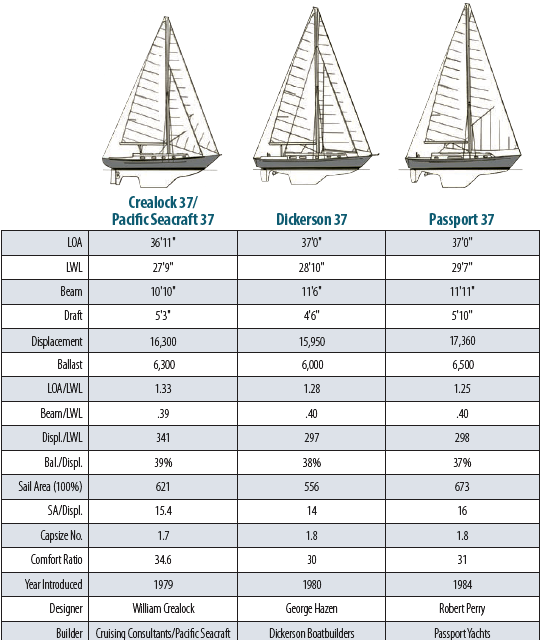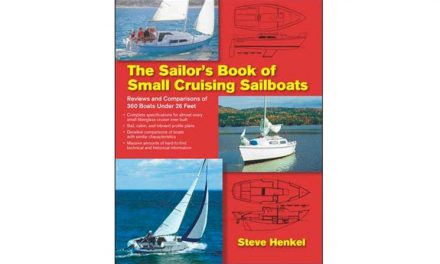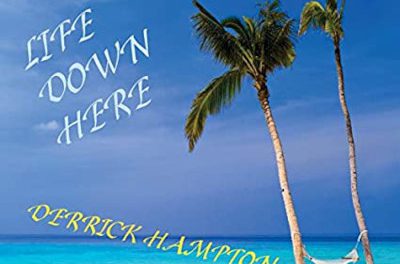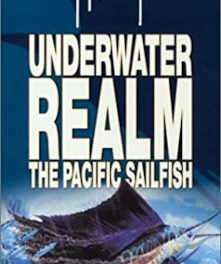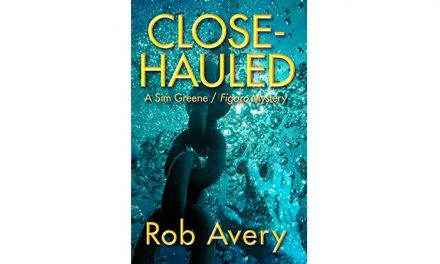
In the late 1960s and early ’70s, boats designated as “cruising yachts” tended to follow the Colin Archer/William Atkin model of heavy-displacement, full-keel, yawl-rigged double-enders. Bill Crealock certainly observed this history early in his designing career.
But by the mid 1970s, cruising designs started to incorporate features that were proving successful in offshore racing, most specifically a separated keel and rudder and lighter displacement. These newer boats usually abandoned the yawl rig in favor of a two-headsail cutter rig or sloop rig with a large furling headsail. Sailors with a racing background were realizing that cruising boats didn’t have to be slow, sluggish, and rooted in the 19th century.
This new breed became known as performance cruisers, and by 1979, Bill Crealock was incorporating a number of these features in the Crealock 37. So, let’s pick two other performance cruisers from this period to compare to the Crealock 37. Note that for the sake of a cleaner comparison I have chosen the cutter-rigged option of the Crealock and used the engine configuration employed by Pacific Seacraft.
I chose the Dickerson 37 as the first comparison boat not only because she fits our criteria, but because my old C&C compatriot George Hazen designed her. George pioneered velocity prediction programs during his student days at MIT and brought that knowledge and a background in computer design to the C&C Design Group in the 1970s. This is one of his independent designs initiated after he left C&C.
Bob Perry pioneered the whole concept of performance cruisers with the Valiant 40 in 1973, so it is interesting to look at his 1980s approach to the subject embodied in the Passport 37 as our second comparison boat. Note that the Crealock and the Dickerson are true cutters with a fixed intermediate staysail stay and smaller headsails generally. The Passport sports an unencumbered foretriangle with a large overlapping genoa. I have seen photos of the Passport with a staysail stay, but that seems to be an aftermarket addition.
Each has separate keel and rudder, and each employs a fixed skeg in front of the rudder for impact protection and improved directional stability (at a small cost in maneuverability) and a more controlled rudder stall. The Crealock is the only one that completely protects the propeller by housing it in an aperture in the skeg, a vestige of the days of full keels. The Crealock and the Dickerson have a softer and rounder spoon bow compared to the sharper IOR-type knuckle of the Passport that is combined with an almost straight stem.
Although these three boats are all within 1 inch of 37 feet in overall length, there is almost 2 feet of difference in waterline length. The Crealock is the shortest at 27 feet 9 inches due to her longer overhangs not only at the bow, but also with the canoe stern extending the aft overhang, compared with the transom sterns on the Dickerson and the Passport. The Crealock’s stretched overhangs, evidenced by the shorter waterline length, are also discernible in her 1-foot narrower beam. The Passport has the longest waterline length at 29 feet 7 inches, and the Dickerson is right in the middle at 28 feet 10 inches.
Displacements are much closer—only about 1,000 pounds’ difference among the three—with the Dickerson lightest and the Passport heaviest. That shorter waterline on the medium displacement of the Crealock results in the highest displacement/length waterline ratio of a conservative 341, while the Dickerson and the Passport are almost equal at a more competitive, but still not light, 297 and 298.
In terms of sail area, the Dickerson has the least at 556 square feet, the Crealock the next highest at 621 square feet, and the Passport with a generous 673 square feet. These wide variations in sail area on smaller variations in displacements result in sail area/displacement ratios that follow the distribution of sail areas through the three boats. The smaller sail area of the Dickerson yields the lowest ratio of a somewhat sluggish 14, the median sail area of the Crealock yielding 15.4 , and the larger area of the Passport resulting in a respectable 16. Combined with the Passport’s displacement/length waterline ratio of 298, the larger sail area leads to better light-air performance.
As befitting boats designed for offshore cruising, all the capsize numbers are under the capsize threshold of 2, and all exhibit comfort ratios in the 30s.
This was an interesting period in the history of yacht design, when racing boats’ design attributes were beginning to influence offshore cruising boats. Fortunately, designers stuck to borrowing only these racers’ attributes, not the detriments of low stability and excessive beam.

